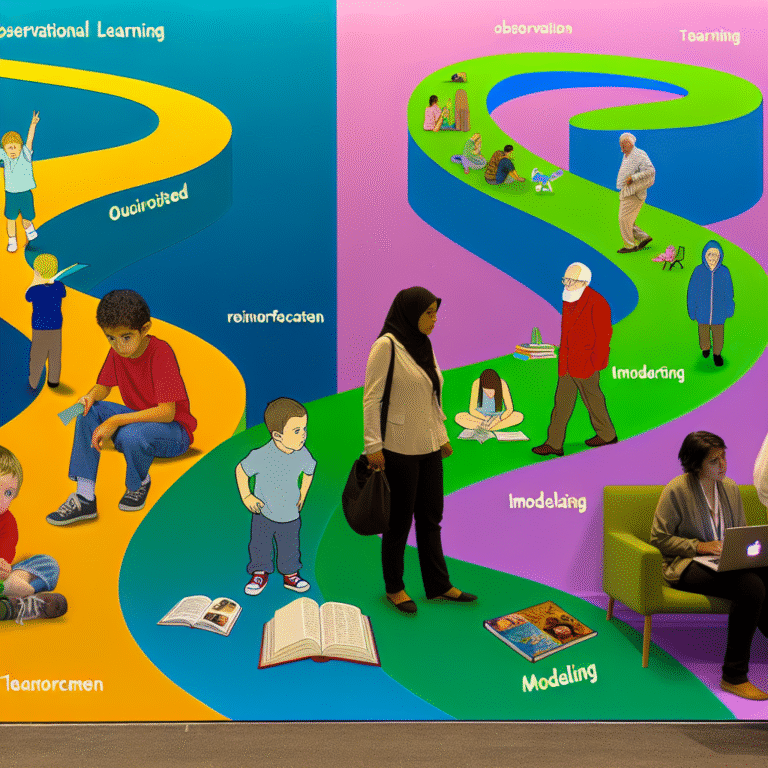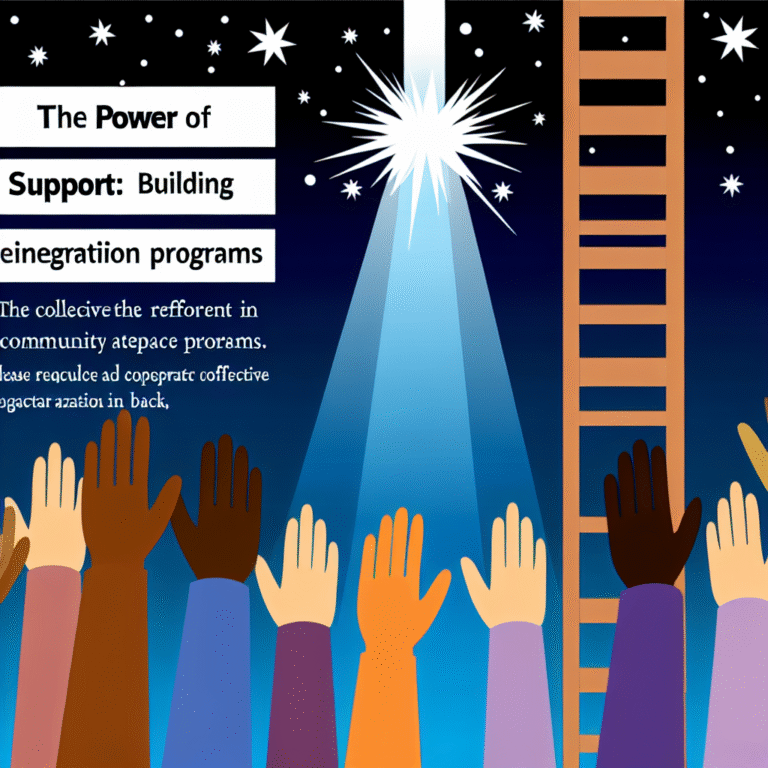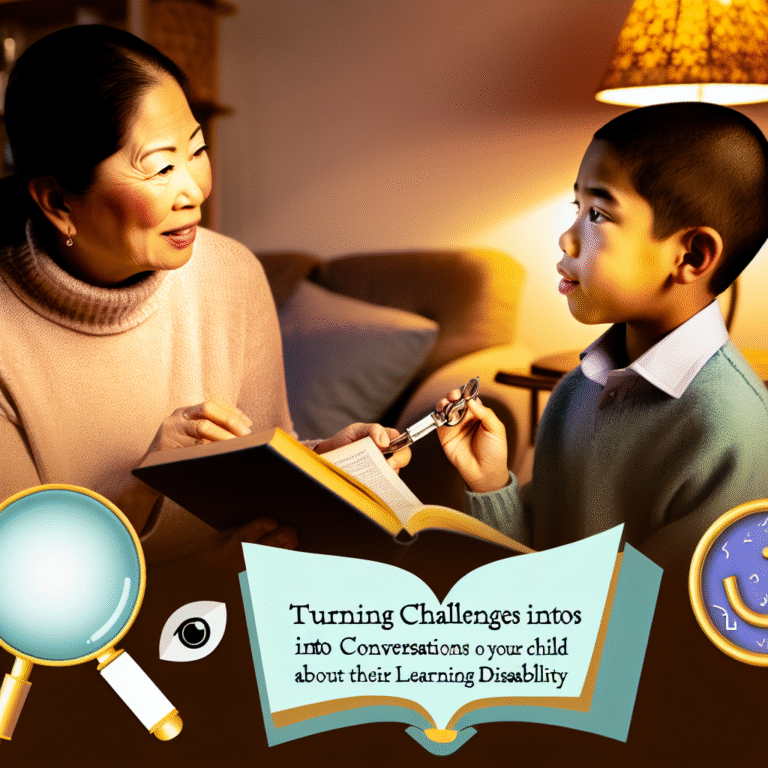
psyforu
Introduction
Domestic violence is a pervasive issue that affects countless individuals and families, often leaving devastating emotional and physical scars. According to the National Coalition Against Domestic Violence, nearly 1 in 4 women and 1 in 9 men experience severe intimate partner physical violence. This article, “Navigating Safety: Essential Resources for Those Affected by Domestic Violence,” aims to shed light on the resources available for those in need and provide a roadmap to safety and empowerment.
Understanding Domestic Violence
What is Domestic Violence?
Domestic violence encompasses a range of behaviors used by one partner to gain or maintain control over another. It can manifest as physical, emotional, sexual, or financial abuse. Recognizing the signs is the first step in navigating safety.
The Cycle of Abuse
Understanding the cycle of abuse is crucial. Typically, it involves tension-building, the abusive incident, reconciliation, and a calm phase—only for the cycle to restart. This repetitive cycle can trap victims in a web of confusion and fear.
Identifying the Signs of Abuse
Common Signs to Watch For
- Physical Signs: Unexplained bruises, injuries, or a partner dismissing your injuries.
- Emotional Signs: Constant criticism, emotional withdrawal, or manipulative behavior.
- Financial Control: Withholding money, restricting access to funds, or sabotaging employment opportunities.
Case Study: Jane’s Journey to Safety
Jane, a 32-year-old mother of two, found herself increasingly isolated by her partner’s controlling behavior. She had trouble accessing finances and noticed she began to change her daily habits to avoid conflict. Recognizing these warning signs was critical in her eventual decision to seek help.
Dealing with Gaslighting
Gaslighting is a form of psychological manipulation that makes victims doubt their perceptions. It’s essential to document incidents and seek support to validate your experiences.
Navigating Safety: Immediate Steps to Take
Create a Safety Plan
A well-thought-out safety plan is a vital resource. Here are key components:
- Identify Safe Spaces: Determine locations where you can go in an emergency (friends’ houses, shelters).
- Signal for Help: Have a code word with trusted friends or family.
- Pack an Emergency Bag: Include essentials like clothing, important documents, and medications.
Seek Support from Local Organizations
Connecting with local domestic violence shelters or hotlines can be a lifeline. Many offer not only shelter but also counseling, legal assistance, and job training.
Legal Protections
Protective Orders: These legal documents can prevent an abuser from coming near you. Understanding how to obtain one is crucial for safety.
Resources for Legal Help:
- National Domestic Violence Hotline: 1-800-799-SAFE
- Legal Aid Society: Provides free legal assistance to those who qualify.
Utilizing Community Resources
Hotlines and Helplines
Establish a relationship with hotlines that can provide immediate assistance. The National Domestic Violence Hotline offers 24/7 support.
Community Centers and Resources
Many communities have centers that provide workshops and resources for victims. These can include self-defense classes, financial planning sessions, or counseling services.
Online Resources
Websites such as Loveisrespect.org offer invaluable resources, including chat lines and text services for younger individuals who may be apprehensive about calling.
Empowering Yourself Emotionally
Therapy and Counseling
Finding a therapist who specializes in trauma and domestic violence is crucial. Cognitive Behavior Therapy (CBT) can be particularly effective for victims to regain control over their thoughts and feelings.
Support Groups
Connecting with others who have shared experiences can help normalize feelings of isolation. Organizations like Women’s Law provide information and resources for support groups.
Case Study: Mark’s Transformation
Mark, a male survivor of domestic abuse, found solace in a men’s support group. Through sharing his experiences, he gained the courage to begin therapy, which significantly improved his emotional health.
Safety Beyond Leaving: Long-Term Considerations
Long-Term Safety Planning
Understanding that leaving an abusive relationship is often only the beginning of a long journey. Reestablishing independence—financially and emotionally—is essential.
Financial Independence
Create a financial plan: Seek job training and budgeting workshops. Financial independence reduces vulnerability to return to an abuser.
Maintaining Connections
Regular communication with supportive friends and family can help you feel less isolated. Building a network is paramount for emotional and social health.
Tables and Charts: Data on Domestic Violence
| Statistic | Percentage |
|---|---|
| Women affected by violence | 25% |
| Men affected by violence | 9% |
| Children witnessing violence | 15 million annually |
Trends in Domestic Violence Reporting
Visualizing data on domestic violence can highlight the urgency of resources. Increased reporting in recent years suggests more survivors are seeking help, leveraging resources effectively.
Conclusion
Navigating safety from domestic violence is not just about escaping an immediate threat; it’s a lifelong journey toward healing and empowerment. As we’ve explored through various resources and real-life experiences, the path can be illuminated by community support, legal guidance, and emotional resilience.
Your safety is paramount. It’s crucial to remember: there is help, and you are not alone. The journey to reclaiming your life is possible, one step at a time.
FAQs
1. What should I do if I am in immediate danger?
Call emergency services or a domestic violence hotline to seek immediate assistance.
2. How can I build a safety plan?
Identify safe spaces, prepare an emergency bag, and establish code words with trusted friends.
3. Are there resources specifically for men affected by domestic violence?
Yes, many organizations offer support groups and resources tailored for men.
4. What if I can’t afford therapy?
Seek community resources; many therapists offer sliding scale fees or work through non-profits that specialize in domestic violence.
5. How can I help someone I know is suffering from domestic abuse?
Listen actively, offer support without judgment, and encourage them to seek help—never pressure them to leave before they are ready.
By recognizing the signs of domestic violence and actively utilizing resources, individuals can take steps toward a safer and more empowered life. Remember, navigating safety is possible, and there are dedicated resources available to help you every step of the way.















